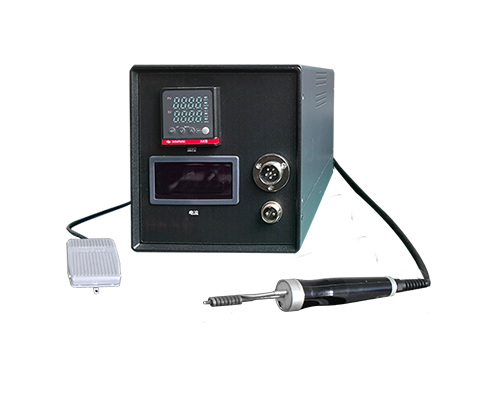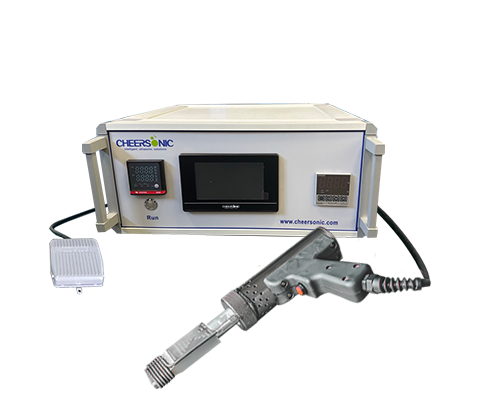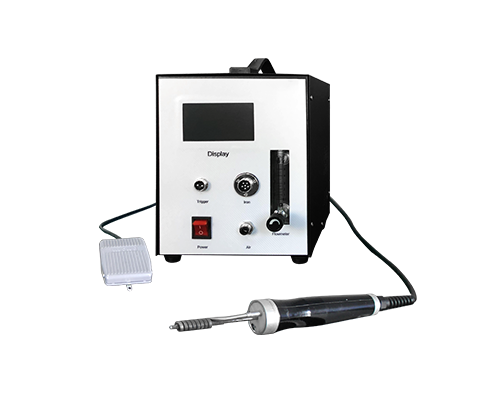In the electronics manufacturing and energy storage sectors, nickel sheets are critical connecting components due to their excellent conductivity, corrosion resistance, and mechanical strength. Ultrasonic welding, with its unique advantages, has become a core process for nickel sheet connection, providing reliable support for high-precision manufacturing.
The core principle of ultrasonic welding for nickel sheet connection is solid-state welding. An ultrasonic generator converts ordinary electrical energy into high-frequency electrical energy of 28-60 kHz, which is then converted into mechanical vibrations of the same frequency by a transducer. This vibration is transmitted to the welding head via a horn. Under moderate pressure, the welding head concentrates the vibration energy on the nickel sheet joint surface, generating intense friction and converting it into localized heat. This process destroys the surface oxide layer of the nickel sheet, allowing the metal atoms to diffuse under the pressure and heat, forming a strong metallurgical bond. This process does not require melting the nickel sheet.
Compared to traditional welding processes, ultrasonic welding for nickel sheet connection offers significant advantages. The welded nickel sheet joint has an extremely low resistivity, which barely affects current conduction, making it ideal for applications with stringent conductivity requirements, such as batteries and electrical appliances. From a process perspective, the welding cycle typically takes less than one second and requires no auxiliary materials such as flux or solder, reducing costs and avoiding chemical contamination. More importantly, this process is spark-free, free of spatter and oxidation, and maximizes the preservation of the nickel sheet's original metallic properties.
This technology has been widely applied in various fields. In nickel-metal hydride battery production, ultrasonic welding primarily relies on the fusion bonding between nickel mesh and nickel sheet to ensure stable power output. In lithium battery manufacturing, this technology also efficiently connects dissimilar metals between copper foil and nickel sheet, ensuring the consistency and safety of battery packs. Furthermore, in the production of electronic components such as fuses and electrical leads, ultrasonic welding can easily achieve single- or multi-point welding of nickel sheet, adapting to diverse assembly requirements.
As manufacturing technology advances towards greater precision and efficiency, the application prospects of ultrasonic welding in nickel sheet joining are expanding. Its combination of speed, accuracy, and environmental advantages has not only promoted quality improvements in the electronics and energy industries, but has also become a key benchmark for metal joining technology in modern manufacturing.





